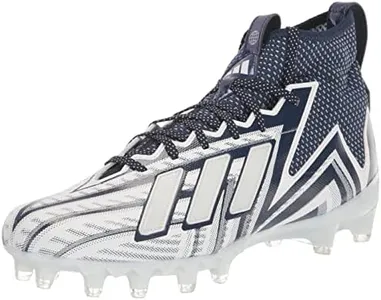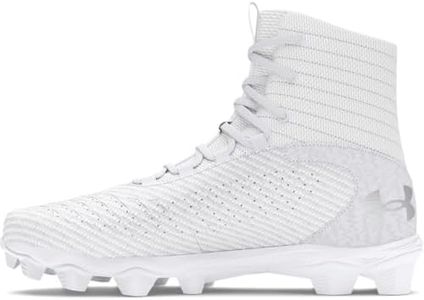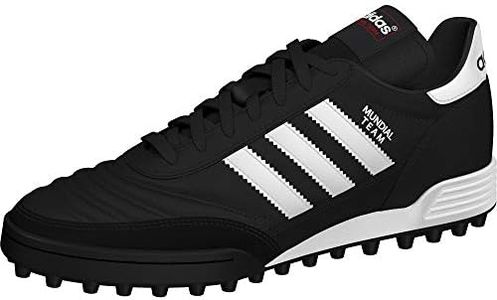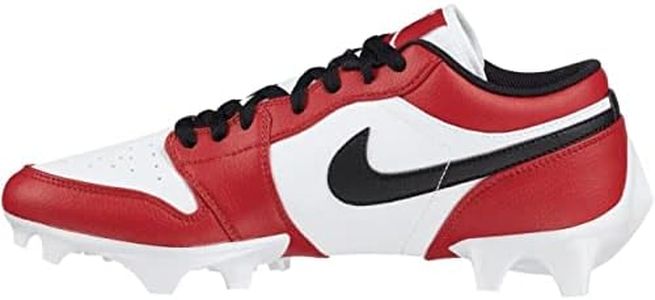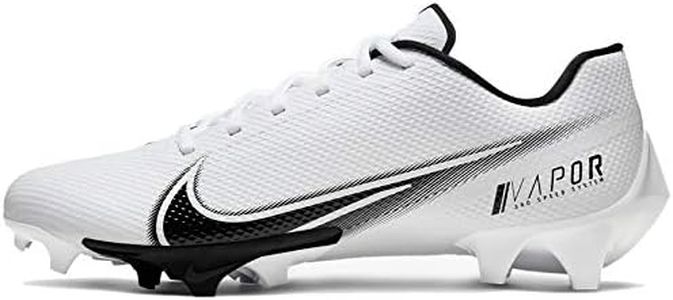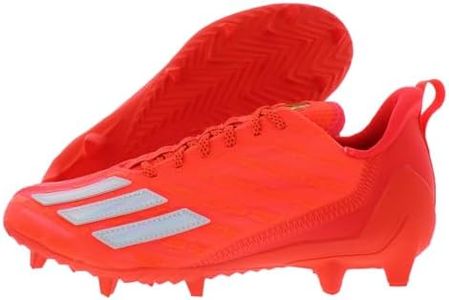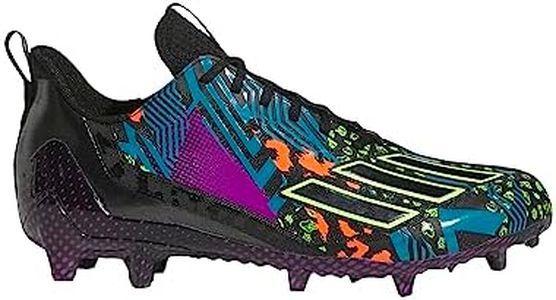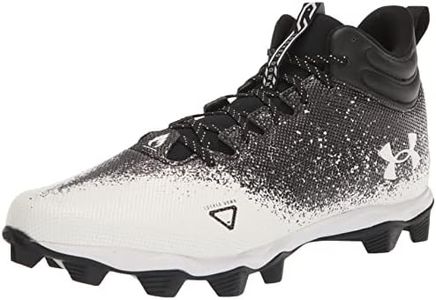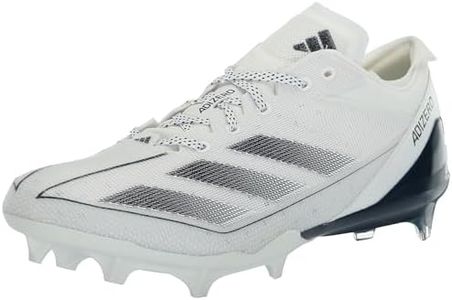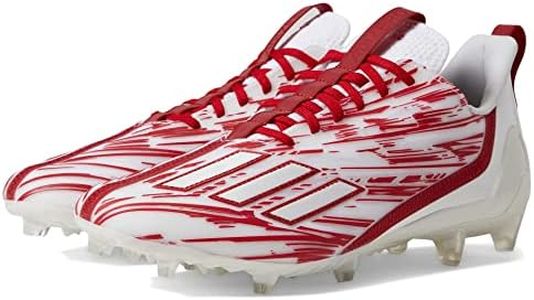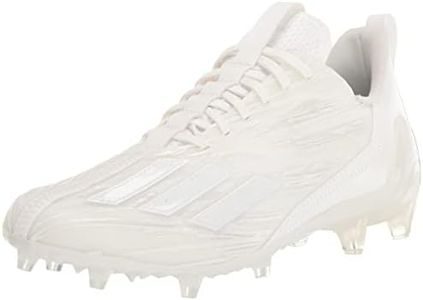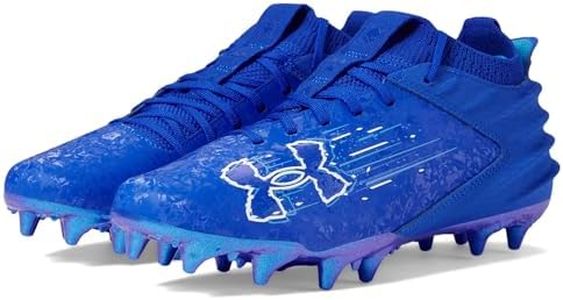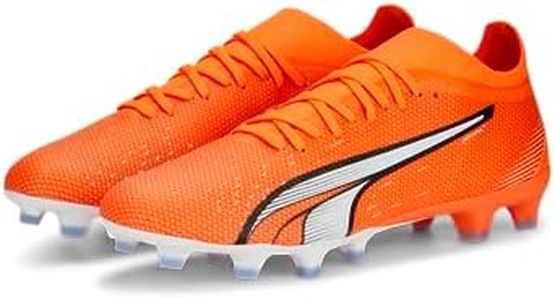We Use CookiesWe use cookies to enhance the security, performance,
functionality and for analytical and promotional activities. By continuing to browse this site you
are agreeing to our privacy policy
10 Best Football Cleats
From leading brands and best sellers available on the web.Buying Guide for the Best Football Cleats
Choosing the right football cleats can make a big difference in your performance and comfort on the field. The best pair for you depends on your playing surface, position, and personal preferences. It's important to think about how the cleats fit, how they support your movements, and how they match your playing style. A good starting point is to consider the surface you play on most often and the fit that feels best for your feet. Always try cleats on, if possible, and walk around in them to make sure they are comfortable and supportive.Type of Cleat (Firm Ground, Soft Ground, Artificial Ground, Turf, Indoor)This spec tells you what type of playing surface the cleats are designed for. Firm Ground (FG) cleats are made for natural grass fields that are not excessively wet or muddy. Soft Ground (SG) cleats have longer, removable studs for wet, muddy fields. Artificial Ground (AG) cleats are for synthetic grass surfaces, often with shorter, more numerous studs. Turf shoes have small rubber studs for synthetic turf, and indoor shoes have flat, non-marking soles for indoor courts. Choosing the correct type is important because it affects your traction and safety. Consider where you play most often and select a cleat designed for that surface.
Material (Leather, Synthetic, Knit)This spec describes what the upper part of the cleat is made of. Leather cleats (such as kangaroo or calf leather) are known for comfort and a natural touch on the ball, but they may require more upkeep. Synthetic materials are usually lighter, more durable, and require less break-in time, but may not offer the same soft touch as leather. Knit materials are flexible and lightweight, providing a sock-like fit, but might not be as durable in rough conditions. The best choice depends on whether you value comfort, durability, or lightweight feel most.
Fit and Cut (Low, Mid, High)This refers to the shape and height of the cleat around your ankle. Low-cut cleats offer the most freedom of movement and are popular with players who prioritize agility and speed. Mid-cut cleats provide slightly more support around the ankle without restricting movement too much. High-cut cleats offer the most ankle support but can feel bulkier. Think about your playing position and style: quick, agile players often prefer low cuts, while those looking for extra support may choose higher cuts.
Stud Configuration and LengthStuds are what give you traction on the field. Their layout and size matter for how you move and grip the ground. More studs provide greater stability, while fewer, longer studs can offer more grip on soft surfaces. The right stud length depends on whether you play on soft or hard surfaces; longer for muddy fields, shorter for firm or artificial surfaces. Select a stud pattern and length that match your field type and playing needs—attackers may want more grip for quick moves, while defenders might prioritize stability.
WeightThe weight of the cleat impacts your speed and fatigue. Lightweight cleats are preferred by players who value quick movements, but ultra-light models may offer less protection. Heavier cleats tend to be tougher and can offer more support and protection, which may suit players who defend or are more physical. Consider your position and how much protection or speed you need to find the right balance.
Closure System (Laces, Laceless, Straps)How the cleat stays on your foot affects both comfort and contact with the ball. Traditional laces offer a customizable fit, while laceless designs create a cleaner striking surface but may not fit as snugly on all foot shapes. Some youth models use straps for easy on and off. Think about how much adjustability and ball feel you prefer when choosing a closure style.
